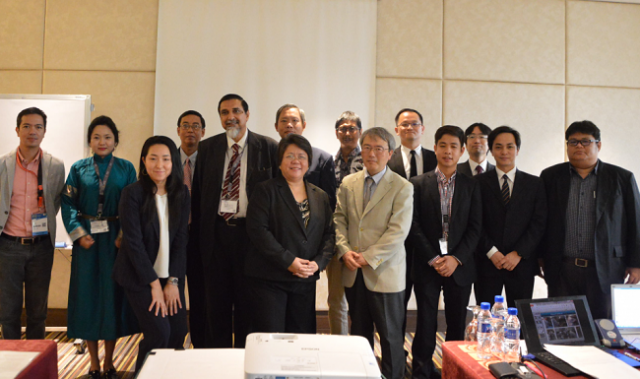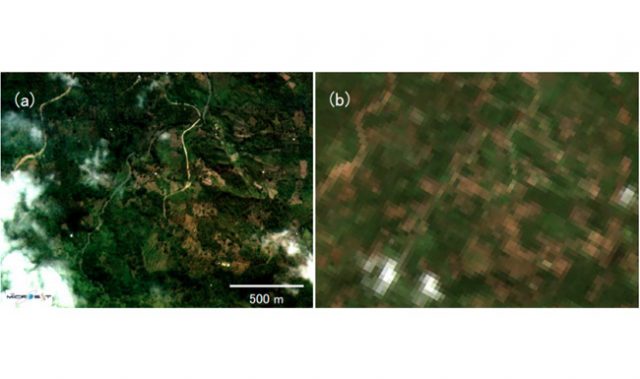
AsianScientist (Mar. 3, 2016) – In a cross-border collaboration with universities in Japan, engineers from the Department of Science and Technology have successfully built the Philippines’ first microsatellite.
The 50 kg DIWATA-1 microsatellite, named after the Filipino word for fairy, was handed over to the Japan Aerospace Exploration Agency in January and is scheduled to be put into orbit in early 2016. It will be released from the Japanese Experiment Module, Kibo, Japan’s contribution to the International Space Station.
As part of a three-year satellite development project, engineers from the University of the Philippines Diliman and the Philippines Department of Science and Technology Laboratory have been accepted as graduate students and researchers at the Tohoku and Hokkaido universities.
The young scientists assembled two microsatellites, DIWATA-1 and its successor, while simultaneously being taught how to design and use them.
It is expected that these microsatellites will pave the way for the next generation of low-cost, high-performance space applications. They can be used in diverse remote sensing applications to monitor weather and natural disasters, track environmental changes, detect agricultural growth patterns and even used in fisheries.
American IT firms are among the many organizations planning to launch up to several thousand microsatellites into space within the next few years. High resolution remote sensing is also a major goal.
The DIWATA-1 microsatellite is the first of its kind to be manufactured in Japan for overseas use, but there will be more to come. For the past three years, Tohoku University and Hokkaido University have been proposing the idea of launching 50 satellites with the cooperation of other Asian countries and operating them through partnerships. DIWATA-1 is being regarded as the first big step.
———
Source: Tohoku University.
Disclaimer: This article does not necessarily reflect the views of AsianScientist or its staff.












